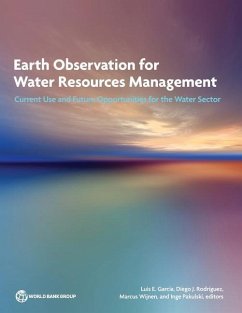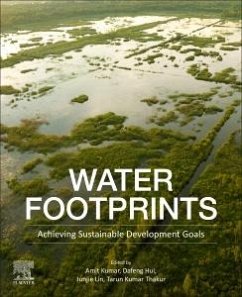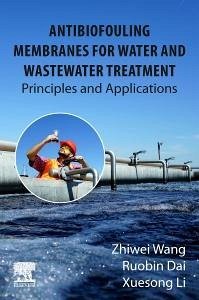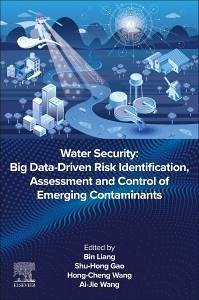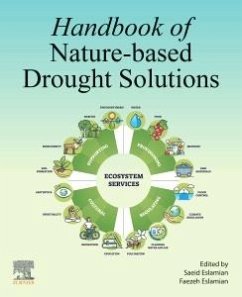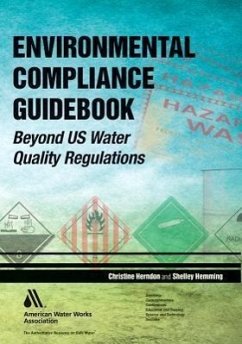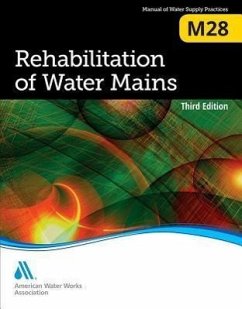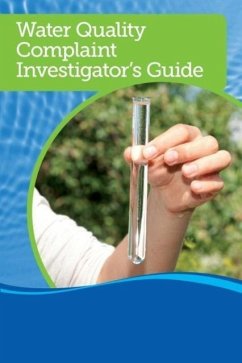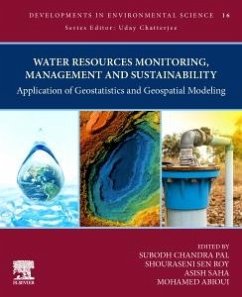
Water Resources Monitoring, Management, and Sustainability
Application of Geostatistics and Geospatial Modeling Volume 16
Herausgeber: Chandra Pal, Subodh; Abioui, Mohamed; Saha, Asish; Roy, Shouraseni Sen

PAYBACK Punkte
65 °P sammeln!
Water Resources Monitoring, Management, and Sustainability: Application of Geostatistics and Geospatial Modeling, Volume 16, a new volume in the Developments in Environmental Science series, introduces a variety of advanced modeling techniques like changing climate and land use/land cover, hydrological models, and machine learning approaches. These techniques are applied to address water resources and environmental monitoring, as well as planning and sustainable management of water resources. Further, the book discusses how to manage water resources at various local, regional, and internationa...
Water Resources Monitoring, Management, and Sustainability: Application of Geostatistics and Geospatial Modeling, Volume 16, a new volume in the Developments in Environmental Science series, introduces a variety of advanced modeling techniques like changing climate and land use/land cover, hydrological models, and machine learning approaches. These techniques are applied to address water resources and environmental monitoring, as well as planning and sustainable management of water resources. Further, the book discusses how to manage water resources at various local, regional, and international levels while incorporating environmental considerations. Finally, it delves into cutting-edge techniques based on open-source software and R statistical programming, Google Earth Engine, and modeling in modern artificial intelligence techniques, with a particular emphasis on recent trends in datamining techniques and robust modeling in water resource crisis-related hazards.





